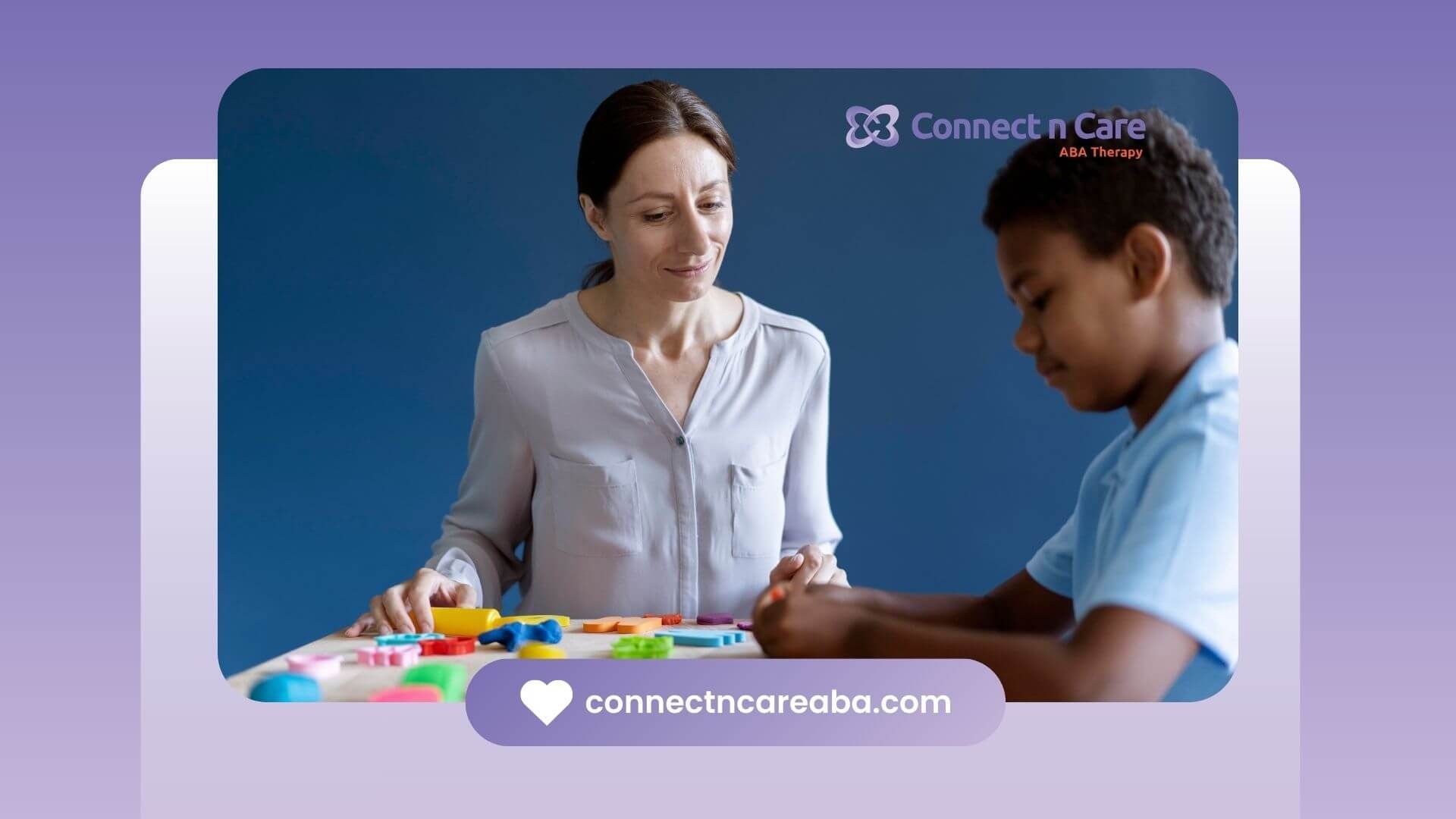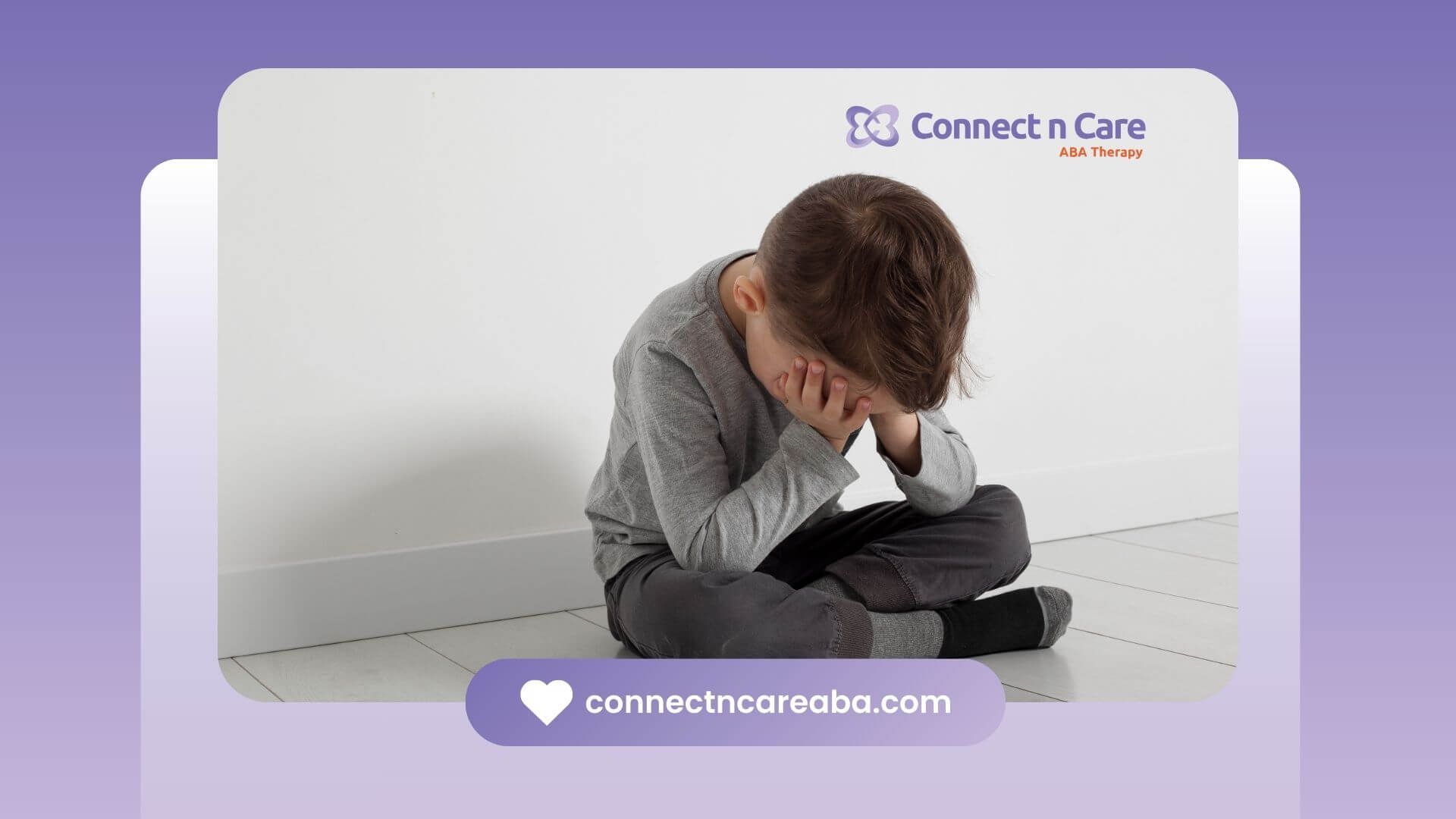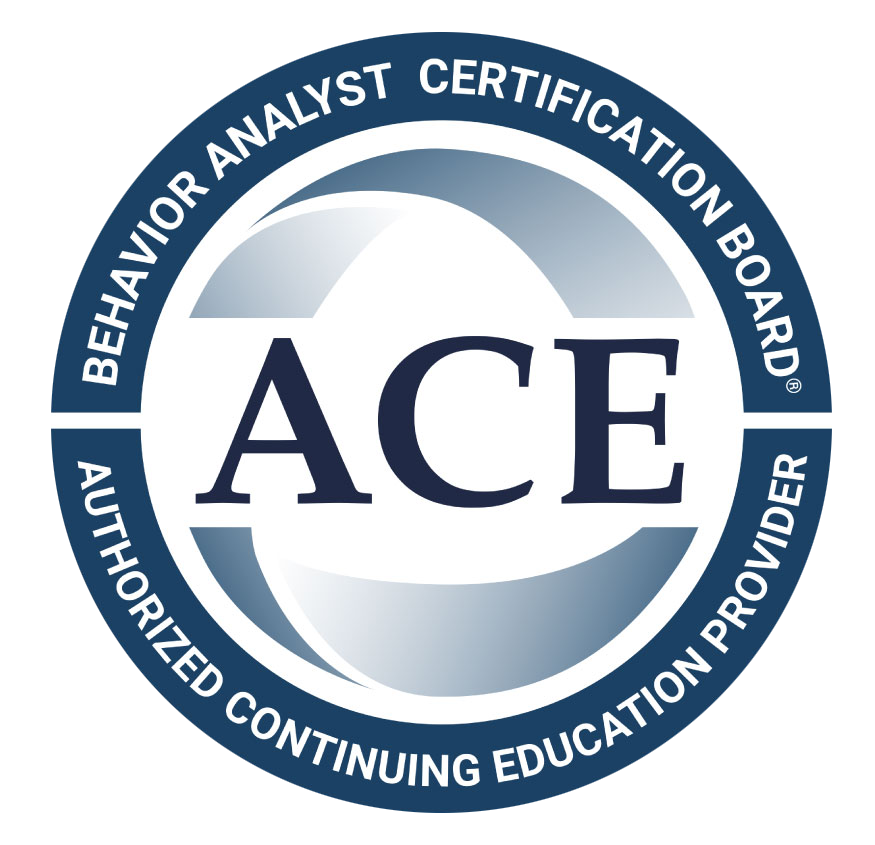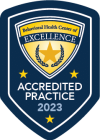As a parent, you may worry when your child starts showing new or different actions. Autism, also called autism spectrum disorder or ASD, can show up in many ways. These signs of autism often appear early in life. Using a clear checklist can make it easier to spot the signs and know when to ask a doctor for help. This guide will give you the key facts and easy tools you need. You will learn how to see, understand, and handle autistic behaviors. We will help you build a plan to support your child as they grow. Let’s look at this important guide together.
Understanding Autism Spectrum Disorder in Children
Autism spectrum disorder is a condition that affects the way a child communicates, acts around others, and behaves. Children with autism may have repetitive behaviors. They might find it hard to read social signals or may get very interested in one thing. Learning about the characteristics of autism is a big step in knowing what kids with ASD need.
Every child with autism spectrum disorder has their own way of experiencing it. Some kids may have only a few small problems, while others may need more help. If parents know about autism early, they can find the right ways to help their child grow and learn.
Key Features of Autism Spectrum Disorder
One core part of autism spectrum disorder is having trouble with social communication. Many children with autism find it hard to show how they feel, understand someone’s voice tone, or join in on normal conversations. They may not look people in the eye and can find it hard to read facial expressions or hand movements.
Sensory processing is also a big factor in autism. Some children react very strongly or not at all to things like sound, touch, light, or smells. For some, busy places can be too much, while others want more things to touch or look at.
Repetitive behaviors and having a very keen interest in specific things are another main part of autism spectrum disorder. This may look like lining up their toys over and over, needing rigid routines, or being very focused on certain topics. Noticing these behaviors early is important to get your child the right early intervention services. When you spot these traits, you can help your child and meet their unique needs.
Common Myths and Misconceptions
Many people think that autism is something that only affects kids. But the truth is, ASD is with people for their whole life, so it follows them into adulthood too. The National Autistic Society says that autistic adults can have good, meaningful lives if they have the right extra support.
Some also say people with autism or ASD do not feel empathy. This is not right. Many with ASD can show a lot of care and loyalty for people. They might have trouble showing it the way most others do, but that does not mean they don't have it.
Some people believe autism can be “cured” or that someone can outgrow it. While early intervention services can really help develop skills, ASD is part of a person’s unique brain type and is not something to get rid of. To really understand autism, we need to accept people’s differences and help them use their strengths, not try to make autism go away. Clearing up these ideas helps all of us include people with autism and show more care for them.
Comprehensive Checklist of Autistic Behaviors
A good checklist helps you spot signs of autism in your child. You can use this tool to look for symptoms in how your child talks, how they act with others, and if they do the same things again and again. If you write down these observations, it is easier to decide when to talk with a health care provider.
This checklist is not meant to be a way for you or anyone to find a diagnosis. It helps you have better talks about getting early intervention services for your child. It is there to support your worries and to help you make a plan that fits your child. Using a checklist gives you a clear way to understand what is going on and to take the next steps.
Communication and Language Patterns to Observe
Problems with communication skills and how a child starts using language can be strong signs of autism. It is important to look for things that are different, like if the baby does not babble much or does not answer you by the time they are six months of age. Kids with autism may not use normal gestures. For example, they may not wave or point at things.
Here are some key signs to watch for:
- Talking very little, or using flat speech that does not have changes in feeling.
- Trouble understanding things like jokes, sarcasm, or comparisons, and they like to use simple, clear words instead.
- Not being able to start or keep up a back-and-forth chat with others.
- Saying certain words or lines over and over that are special to the child.
- Choosing to talk mostly about what they like, instead of different topics.
If you notice these social communication problems or signs of autism, you can see when a child’s language does not grow in the usual way. When you spot these signals at any month of age, it helps you and others find good ways to help, like working with speech therapists or other experts.
Social Interaction and Relationship Challenges
Challenges in social interaction are one of the key characteristics of autism. Many children with autism need extra support to build relationships. Some children can find it hard to talk or play with other kids. They may also have trouble sharing how they feel. It is common for them to like doing activities alone more than being in a group with others.
Key indicators include:
- They may avoid eye contact when talking to someone.
- It might be hard for them to understand body language or facial expressions.
- They can have trouble starting or keeping friendships.
- Sometimes, they might respond in ways that do not seem right during a social exchange.
When you know about these characteristics of autism in your child, you can use this information to help them. Giving extra support and creating a good space for them helps your child learn useful ways to connect with people. This makes it easier for them to get better at social skills as they grow up and move into adulthood.
Repetitive Behaviors and Restricted Interests
Restricted interests and repetitive behaviors are some of the main things you may see in kids with autism spectrum disorder. Children may do the same movements over and over or pay a lot of attention to just one thing, like a certain toy or topic. The way they take in sights, sounds, or touch (sensory processing) can have a big effect on these behaviors.
| Behavior | Description |
|---|---|
| Repetitive Motor Actions | Movements like hand flapping, rocking, or spinning objects. |
| Strict Routines | Becoming upset if things are not done the same way every time. |
| Focused Interests | Getting stuck on one thing, such as dinosaurs or trains. |
| Sensory Peculiarities | Stronger or weaker than normal responses to things seen, heard, or touched. |
When you spot these repetitive behaviors, it helps you know more about your child’s needs and what is going on inside their mind. It can also lead the way to help that fits them best. Building routines that are both set and flexible can lower stress, support good coping, and make day-to-day life with autism spectrum disorder better for both your child and your family.
Conclusion
Understanding and seeing the signs of autism in kids is important. This helps parents give the right support and help. The checklist in this blog is a helpful tool for you. It lets parents notice key signs of Autism Spectrum Disorder (ASD) and take care of each child's needs. When you know what to look for and pay attention, you can make a place at home where your child grows and learns. If you worry about your child's actions or need more help, reach out for a free talk with our experts. We can work together to understand and support your child's autism journey.
Frequently Asked Questions
What should parents do if they notice signs of autism in their child?
If you start to see signs of autism in your child, make sure to watch closely and write down what you see with a checklist. You should talk to your GP or healthcare provider as soon as you can so they can check things out. Early intervention services give important help for your child to learn new skills, work on communication, and handle behavior problems. When you get help early, you can make things better for your child.
How early can autism be detected in children?
Autism spectrum disorder can be seen in some kids between 12 and 24 months of age. Some main signs are trouble with talking, not spending much time with people, and doing things over and over. If you think your child might have autism, it is good to see a health care provider. They can look for autism using a list to see how your child is doing in their growth.
Are all repetitive behaviors a sign of autism?
Not all repetitive behaviors mean someone has autism. These are common in people with ASD, but the actions must happen with other signs. These signs can include trouble with talking or how the person reacts to things they see or hear. Only a qualified professional can say if these things are because of autism.









